- No products in the cart.
Tsitramon ultra Tab n / a film about 20 pc
$1.74
Tsitramon ultra Tab n / a film about 20 pc
SKU: 1590745746 Categories: Analgesics, antispasmodics, Medicaments Tags: acetylsalicylic acid, Obolensky, paracetamol + Caffeine +
Description
Composition
Active substance:
1 tablet contains: Acetylsalicylic acid – 0.2400 g -0.1800 g paracetamol, kofeina- 0.0273 g, calculated as caffeine monohydrate 0.0300 g ;.
Excipients:
Hydroxypropylmethylcellulose (hypromellose), potato starch, colloidal silicon dioxide (Aerosil), citric acid monohydrate, crospovidone, lactose monohydrate, polyethylene glycol 6000 (Macrogol 6000), microcrystalline cellulose, stearic acid; auxiliary substances for film-coating: Opadry II (85 Series), polyvinyl alcohol, macrogol, talc, titanium dioxide, iron oxide black, iron oxide yellow, iron oxide red.
Description:
Tablets, film-coated light brown, biconcave, oblong shape with rounded ends, with Valium. The cross section shows two layers, the inner layer of white or almost white color.
Product form:
Tablets, film-coated.
5, 6, 10, 15, 20 tablets in blisters of PVC film and aluminum foil printed patent.
1, 2, 3, 4, 5, 6, the contour of cellular packages together with instructions for use placed in a pile of cardboard.
Contraindications
Hypersensitivity to the drug; complete or incomplete combination of bronchial asthma, and nasal polyposis intolerance of acetylsalicylic acid and other non-steroidal anti-inflammatory drugs (NSAIDs); erosive and ulcerative lesions of the gastrointestinal tract, peptic ulcer and 12 duodenal ulcer (exacerbation), gastrointestinal bleeding; hypocoagulation, hemophilia, hemorrhagic diathesis, hypoprothrombinemia; surgery, accompanied by bleeding; portal hypertension; severe coronary heart disease, severe hypertension; beriberi K; renal failure; pregnancy (I and III trimester), lactation; deficiency of glucose-6-phosphate dehydrogenase, lactase, lactose intolerance, glucose-galactose malabsorption; glaucoma; anxiety disorders (agoraphobia, panic disorder), anxiety, sleep disorders; Children under 15 years of age (the risk of Reye’s syndrome in children with hyperthermia on a background of virus diseases).
Precautions: Gout, liver disease, kidney and liver failure, benign hyperbilirubinemia (including Gilbert’s syndrome), alcoholic liver disease, alcoholism, pregnancy, lactation, old age.
Indications
Pain syndrome mild to moderate severity (different origins):
Headache of various origins;
Migraine;
Toothache;
myalgia;
Arthralgia;
neuralgia;
algomenorrhea;
Fever with SARS (including influenza).
Interaction with other drugs
Potentiates the effect of heparin, anticoagulants, reserpine, steroid hormones and hypoglycemic drugs. The simultaneous appointment with other NSAIDs, methotrexate increases the risk of side effects. Long-term sharing of paracetamol and others. NSAIDs increases the risk of “analgesic” nephropathy and renal papillary necrosis, onset of end-stage renal failure.
Simultaneous long-term administration of paracetamol at high doses of salicylates, and increases the risk of kidney cancer, or bladder.
Reduces the effectiveness of spironolactone, furosemide, antihypertensive drugs, and uricosuric agents which promote the excretion of uric acid. Inductors of microsomal liver enzymes (phenytoin, barbiturates, rifampicin, phenylbutazone, tricyclic antidepressants), ethanol and hepatotoxic drugs (PM) increase the production of hydroxylated active metabolites, which makes the possibility of severe intoxication, even with a small overdose. Prolonged use of barbiturates, reduces the effectiveness of paracetamol. Inductors of microsomal liver enzymes (including cimetidine) decrease the risk of hepatotoxic action of paracetamol.
Metoclopramide accelerates the absorption of paracetamol. Under the influence of paracetamol T1 / 2hloramfenikola increased 5 times. Repeated dose paracetamol may enhance the action of anticoagulants (coumarin derivatives) by reducing the synthesis of procoagulant factors in the liver. Simultaneous treatment with paracetamol and ethanol increases the risk of acute pancreatitis events.
Diflunisal increases the plasma concentration of paracetamol is 50%, which makes the risk of hepatotoxicity.
Myelotoxicity drugs increase the expression gematotoksichnosti drug.
Caffeine speeds up the absorption of ergotamine.
Overdose
Symptoms: mild intoxication – pallor, nausea, vomiting, gastralgia, dizziness, ringing in the ears; severe intoxication – lethargy, drowsiness, collapse, convulsions, bronchospasm, shortness of breath, anuria, bleeding, anorexia, impaired glucose metabolism, metabolic acidosis.
Symptoms of liver function may occur through 12-48 hours after the overdose. In severe overdose – liver failure with progressive encephalopathy, coma, and death; acute renal failure with tubular necrosis (including the absence of severe liver disease); arrhythmia, pancreatitis.
Initially, the central hyperventilation leads to respiratory alkalosis (shortness of breath, dyspnea, cyanosis, excessive sweating). As the intoxication progressive respiratory depression and uncoupling of oxidative phosphorylation causes respiratory acidosis.
Treatment: constant monitoring of acid-base and electrolyte balance; depending on the state of metabolism – the introduction of sodium hydrogencarbonate, sodium citrate or sodium lactate. Increased reserve alkalinity increases the excretion of acetylsalicylic acid due to the alkalinity of urine.
Introduction of SH-groups donators and precursors of glutathione synthesis – methionine for 8-9 hours after the overdose and acetylcysteine -. For 8 hours The need for additional therapeutic activities (further introduction of methionine in / introduction acetylcysteine) is determined depending on the concentration of paracetamol blood, and the time elapsed after administration.
pharmachologic effect
Pharmacological group:
Analgesics (non-steroidal anti-inflammatory drug means non-narcotic analgesic + + psychostimulant agent).
Pharmacodynamics:
A combined preparation comprising acetylsalicylic acid, acetaminophen and caffeine.
Acetylsalicylic acid has antipyretic and antiinflammatory action, reduces pain, especially caused by an inflammatory process, and also inhibits platelet aggregation and thrombus formation, improves microcirculation in inflammation.
Paracetamol has analgesic, antipyretic and antiinflammatory action are extremely weak, that is connected with its effect on the thermoregulatory center in the hypothalamus and mild ability to inhibit prostaglandin synthesis in peripheral tissues.
Caffeine increases the excitability of spinal cord reflex, excites the respiratory and vasomotor centers, dilates blood vessels in skeletal muscle, brain, heart, kidneys, reducing platelet aggregation; It reduces drowsiness, fatigue, enhances mental and physical performance. This combination of caffeine in a small dose substantially no stimulating effect on the central nervous system (CNS), however, promotes the normalization of cerebral vascular tone and blood flow acceleration.
Pharmacokinetics:
Acetylsalicylic acid: after ingestion is absorbed sufficiently complete. During absorption undergoes presystemic elimination in the intestinal wall and liver (deacetylated). Absorbed part quickly hydrolyzed by plasma cholinesterase and albuminesterazoy. In the body, it is circulating acetylsalicylic acid in association with proteins to 90%. Salicylates easily penetrate into tissues and body fluids, including in the joint cavity, synovial and peritoneal fluid. TCmax – 2 hours for dosage forms having buffer properties.
Biotransformed in the liver to form four metabolites. Excretion of ascorbic acid is carried out mainly by active secretion into tubules of the kidneys in the form of proper salicylic acid (60%) and its metabolites. At alkalization urine deteriorates reabsorption ionized salicylates, their excretion is greatly increased. The elimination rate is dependent on the dose of: when receiving low doses of T 1/2 is 02.03 hours, with increasing doses – may increase up to 15-30 hours Newborn elimination salicylates performed significantly slower than in adults.. Salicylates cross the placenta, in small amounts are excreted in breast milk.
Paracetamol: rapidly absorbed from the gastrointestinal tract. TCmax – 0.5-2 hours; Cmax – 5-20 .mu.g / ml. Communication plasma protein is 15%. Gematentsefalichesky penetrates through the barrier (BBB).
It is metabolized in the liver by conjugation with glucuronides and sulfates, as well as partially oxidized by microsomal liver enzymes. In the latter case produces toxic intermediate metabolites that subsequently conjugated with glutathione, and then with cysteine and mercapturic acid. The major isozymes of cytochrome P450 for a given pathway are isoenzyme CYP2E1, CYP1A2 and to a lesser extent CYP3A4. When glutathione deficiency these metabolites can cause damage and necrosis of hepatocytes.
In adults, the predominant glucuronidation, in infants and young children – sulfation. Conjugated paracetamol metabolites (glucuronides, sulfates and conjugates with glutathione) have low pharmacological (including toxic) activity.
Additional pathways of metabolism of paracetamol are hydroxylation to 3-gidroksiparatsetamola and methoxylation to 3 metoksiparatsetamola which subsequently conjugated to glucuronides or sulfates.
Kidneys displayed mainly in the form of conjugation products, less than 5% is excreted unchanged. T 1/2 -. 1-4 hours Older patients decreased drug clearance and increased T 1/2.
Less than 1% of the accepted dose of paracetamol nursing mother enters the breast milk.
Caffeine: well absorbed in the intestine. Absorption takes place mainly due to the lipophilic and not water-soluble. TCmax – 50-75 min after oral administration, Cmax – 1.58-1.76 mg / L. Rapidly distributed in all organs and tissues of the body, easily penetrates through the blood-brain barrier and the placenta. The volume of distribution in adults – 0.4-0.6 l / kg in neonates – 0.78-0.92 l / kg. Communication with the blood protein (albumin) – 25-36%.
Metabolism in the liver is more than 90% in children up to the first years of life – 10-15%. In adults, approximately 80% of the dose of caffeine is metabolized in paraxanthine, about 10% – in theobromine and about 4% – to theophylline. These compounds are subsequently demethylated in monometilksantiny, and then – in methylated uric acid.
T 1/2 in adults – 3.9-5.3 hours (sometimes – up to 10 hours) in newborns (up to 4-7 months of life) – up to 130 hours.
Excreted mainly by the kidneys in the form of metabolites. Excretion 1-2% of caffeine in adults and up to 85% in newborns is performed in an unmodified form.
Pregnancy and breast-feeding
Acetylsalicylic acid has teratogenic effect; when used in the I trimester leads to congenital malformations – splitting the upper palate; in the III trimester – generic to inhibition activity (inhibition of prostaglandin synthesis), the closure of the ductus arteriosus in the fetus, causing hyperplasia of pulmonary vascular hypertension and in blood vessels of the pulmonary circulation. Excreted in breast milk, which increases the risk of bleeding in a child due to dysfunction of platelets.
Conditions of supply of pharmacies
Without recipe.
side effects
On the part of the gastrointestinal tract: gastralgia, nausea, vomiting, hepatotoxicity, erosive and ulcerative lesions of the gastrointestinal tract.
Cardio-vascular system: tachycardia, increased blood pressure.
Allergic reactions: skin rash, pruritus, angioedema, skin redness, Stevens-Johnson syndrome, Lyell, bronchospasm.
Central nervous system: dizziness, headache.
From the urinary system: renal toxicity, kidney disease with papillary necrosis.
From the blood coagulation system: anemia, methemoglobinemia, decrease platelet aggregation, thrombocytopenia, hypocoagulation, hemorrhagic syndrome (epistaxis, bleeding gums, and Purpura et al.).
From the senses: blurred vision, tinnitus, deafness.
Reye’s syndrome in children (hyperpyrexia, metabolic acidosis, disorders of the nervous system and psyche, vomiting, abnormal liver function).
Paracetamol. Nausea, epigastric pain (abdomen, located directly under the place of convergence of the rib arcs and the sternum); allergic reactions such as skin rash, pruritus, urticaria, angioedema. Rarely – anemia (reduced hemoglobin content in blood), thrombocytopenia (low platelet count in the blood), infants (high blood methemoglobin – hemoglobin derivative is not capable of transferring oxygen). With prolonged use at high doses may hepatotoxicity (liver damaging) effect.
With prolonged use, especially at high doses, paracetamol may cause nephrotoxicity (kidney damaging) effects.
Acetylsalicylic acid. Dyspeptic symptoms (nausea, stomach pain). With prolonged use can occur gastritis, gastric ulcer and duodenal ulcers, stomach bleeding are possible. Sometimes there allergic reactions: bronchospasm, angioedema, skin reactions.
Caffeine. Sometimes when using caffeine occur insomnia, palpitations, trembling of the limbs, ringing in the ears, shortness of breath and vomiting. In addition, the abuse of the drug may develop drug dependence.
special instructions
Children under 15 years should not be prescribed drugs containing acetylsalicylic acid, as in the case of viral infection, they can increase the risk of Reye’s syndrome. Symptoms of Reye syndrome are prolonged vomiting, acute encephalopathy, liver enlargement. Prolonged use of the drug requires monitoring of peripheral blood and functional state of the liver. Patients with hypersensitivity or wheeze reactions to salicylates or their derivatives of acetylsalicylic acid can be administered only with special precautions (in the emergency service). Because aspirin slows blood clotting, the patient, if he is to surgery, doctor should be forewarned of taking the drug. Acetylsalicylic acid in low doses reduces the excretion of uric acid. Patients with the predisposition it can in some cases trigger a gout attack. During treatment should abandon the use of ethanol (increased risk of gastrointestinal bleeding).
Effect on the driving ability and other vehicles
During the period of treatment must be careful when driving and other lesson. Potentially hazardous activities that require high concentration and psychomotor speed reactions.
Storage conditions
In a dry, dark place at a temperature not higher than 25 ° C. Keep out of the reach of children.
Dosing and Administration
Adults and children over 15 years, taken orally (during or after meals) 1-2 tablets 3-4 times a day with an interval between doses of 4-8 hours. The maximum daily dose – 8 tablets. The duration of the drug is not more than 5 days as analgesic drug and no more than 3 days – as antipyretic (without assignment and supervision of a physician). Increasing daily dose or duration of treatment is only possible after consultation with the physician.
Information
Appearance may differ from that depicted in the picture. There are contraindications. You need to read the manual or consult with a specialist
Additional information
| Weight | 0.100 kg |
|---|---|
| Manufacturer | Obolensky |

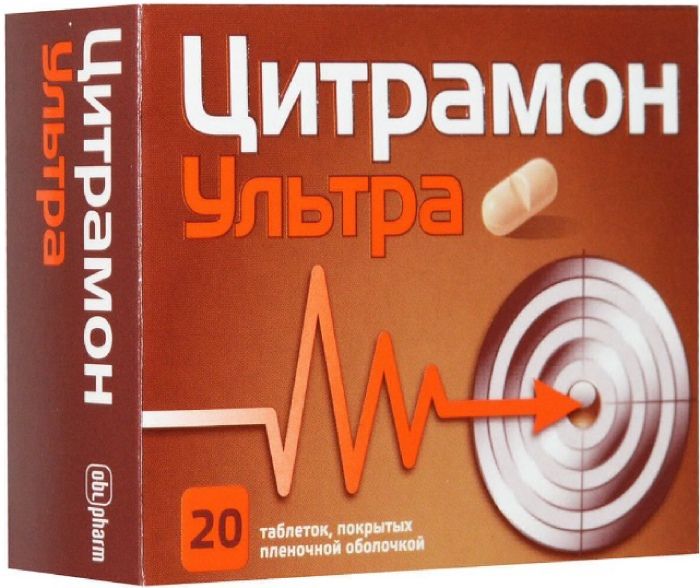
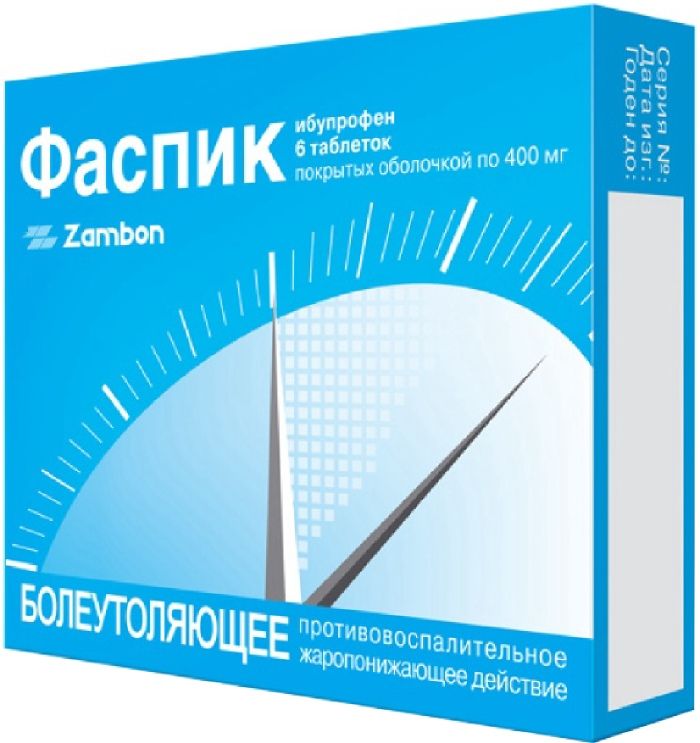
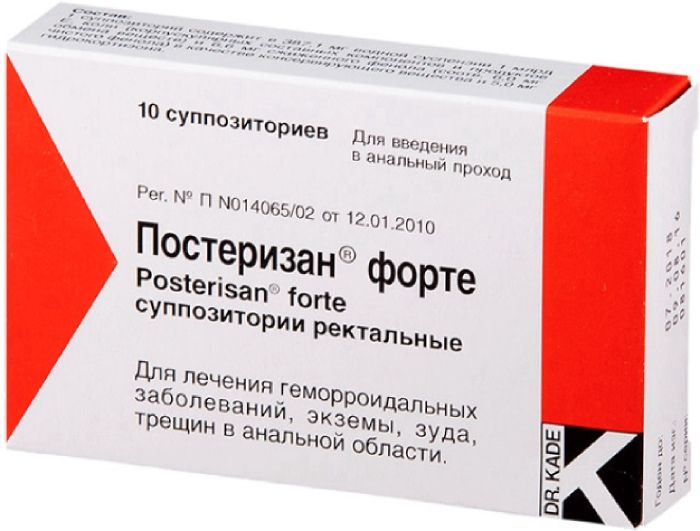
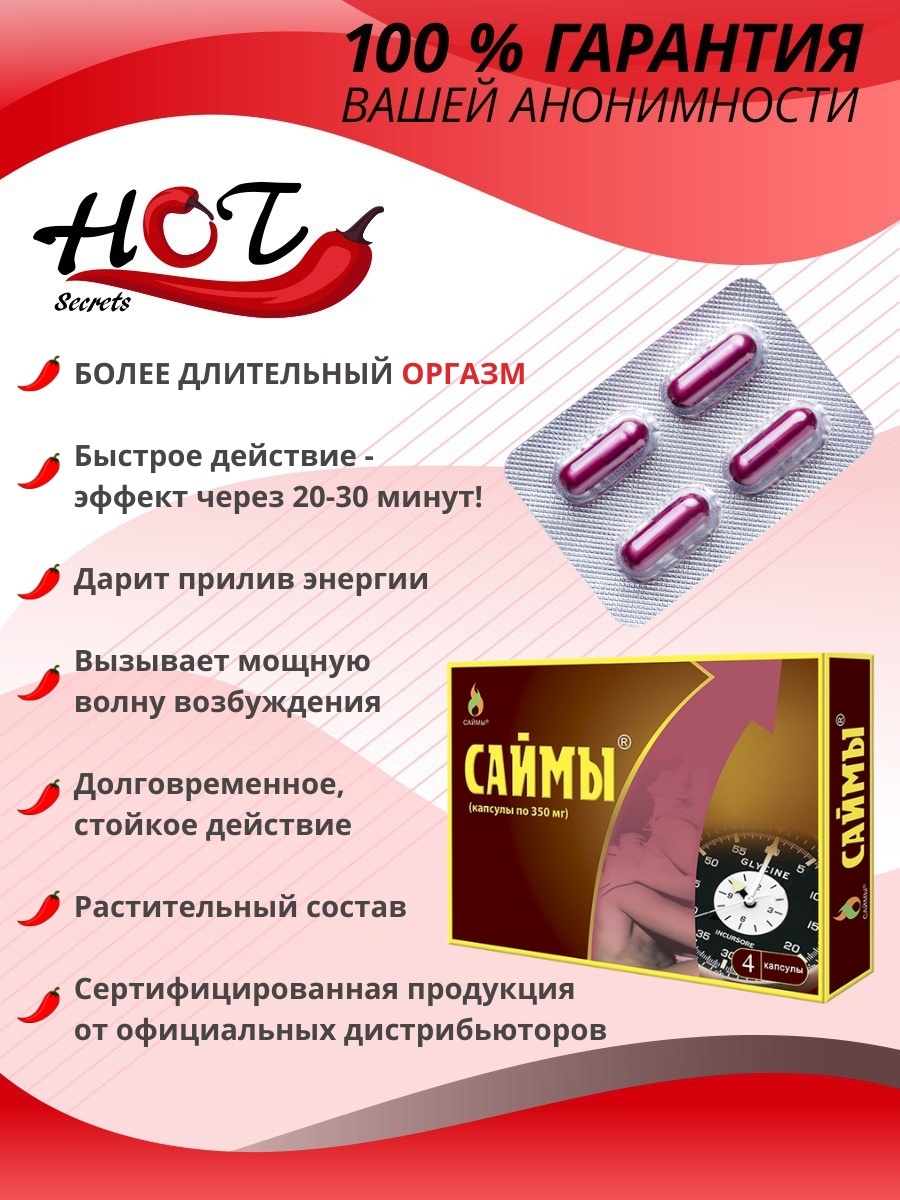
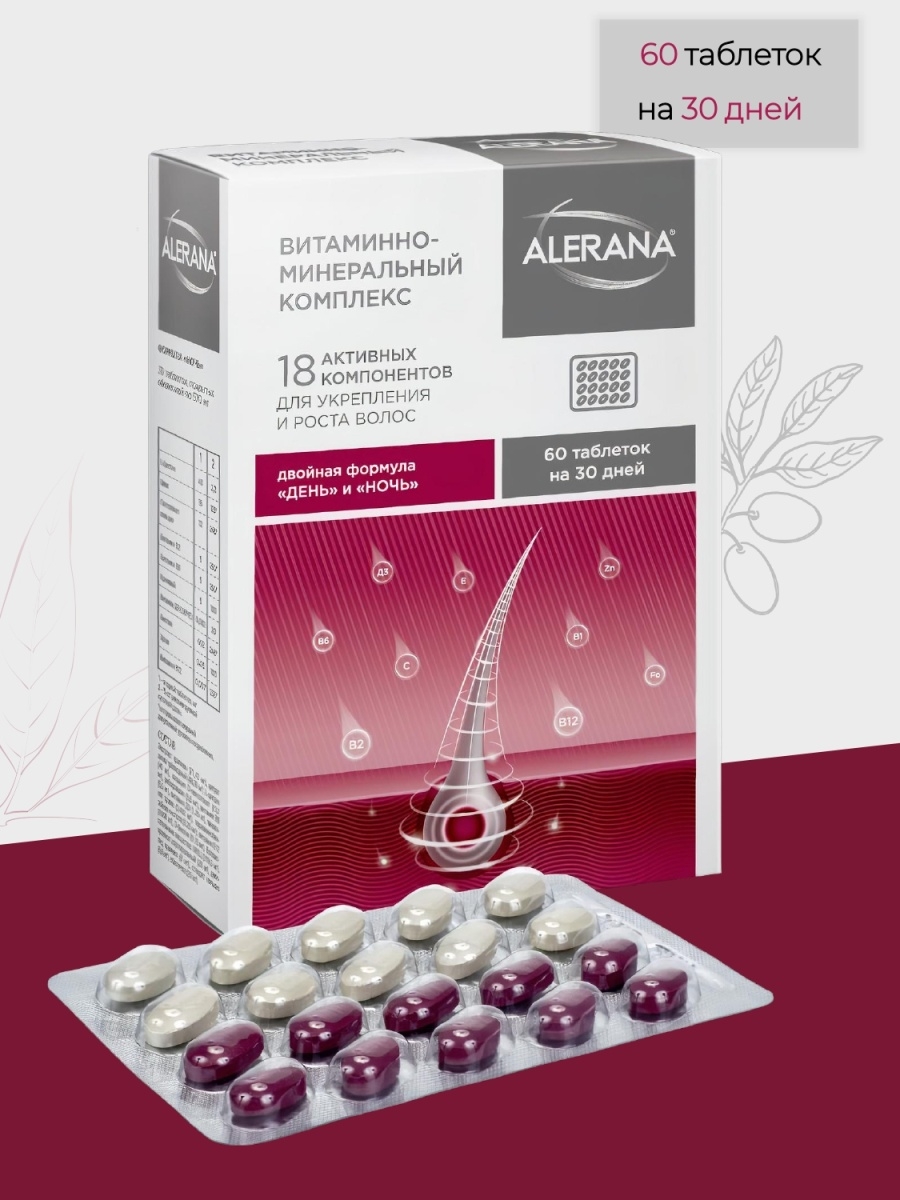
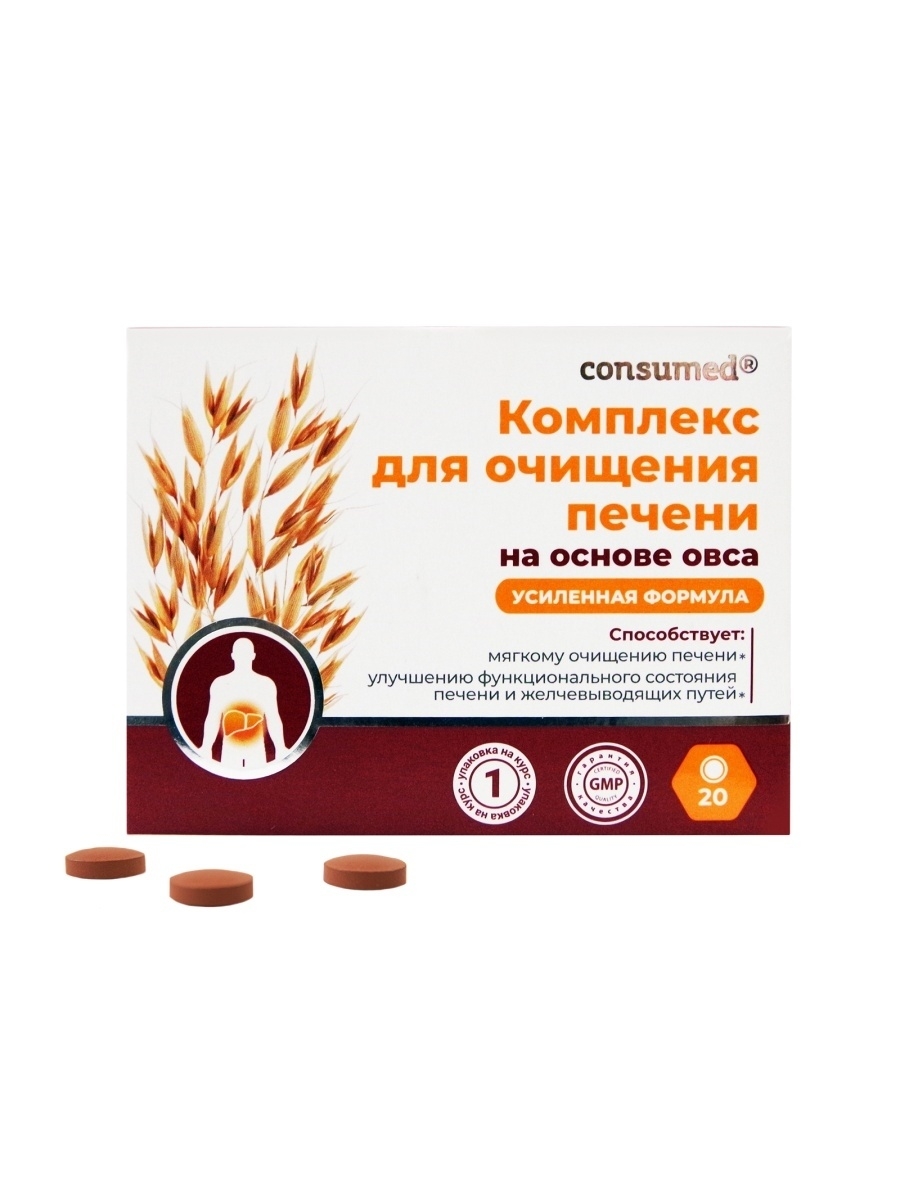
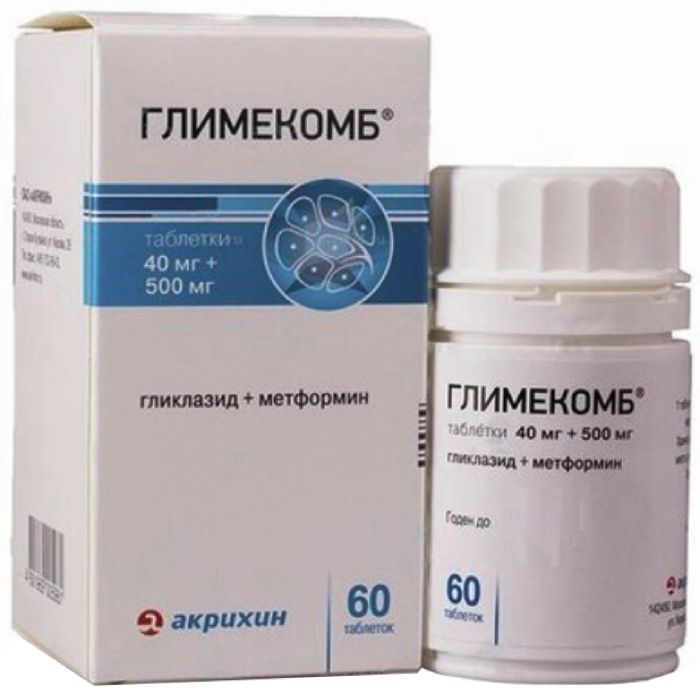

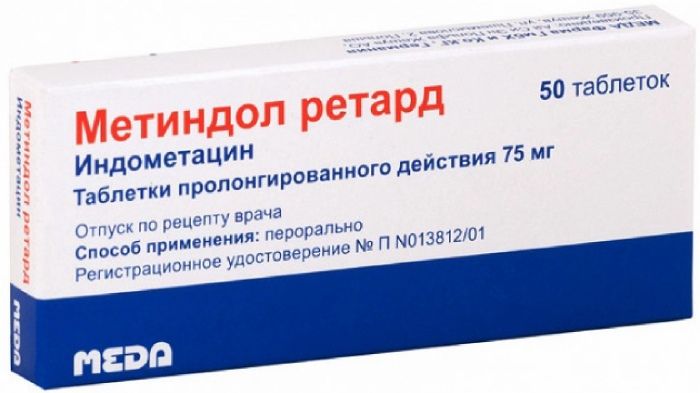




There are no reviews yet.